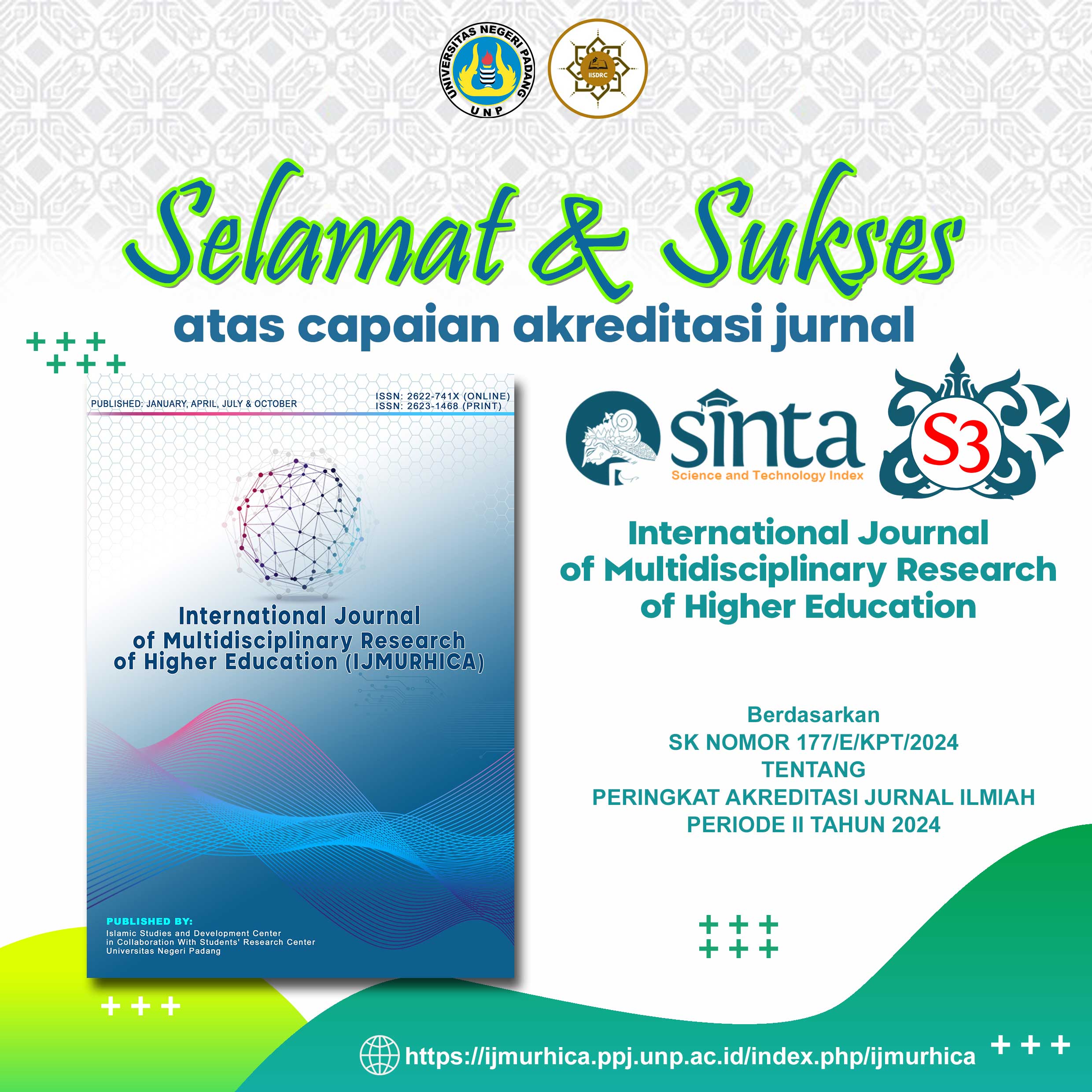Student Perception of Applications TikTok as a Media Processing
DOI:
https://doi.org/10.24036/ijmurhica.v5i2.130Keywords:
Perception, TikTok, Da'wahAbstract
A tiktok app is one of the most widely used applications today, from children, youth to adults, so the built-in content in a TikTok app, impacts the user both positive and negative effects this research is intended to analyze how a student's perception of impact is affected positive dan negative, TikTok application as a medium of Islamic Da'wah. The study uses qualitative methods with a phenomenon of a phenomenon, data sources are drawn from fifteen peer-university university informants through deep interviews chosen using purposive techniques. The informant is an active Padang States University student with a TikTok application. All the result of the interview was later analyzed thematically using the Nvivo 12 qualitative analytics. Overall analysis indicates that there are five positive and three outcomes. The negative impact of a Tiktok application as the precursor of positive values i) easy to access, ii) beneficial spectacle iii) a reminisce of goodness, iv) enhanced science, v) motivated, vi) while its negative effects are critical of Islam, vii) misconceptions, viii) profuse with the useless gotten of this study data as data for the following research in its context and Vang issues.






